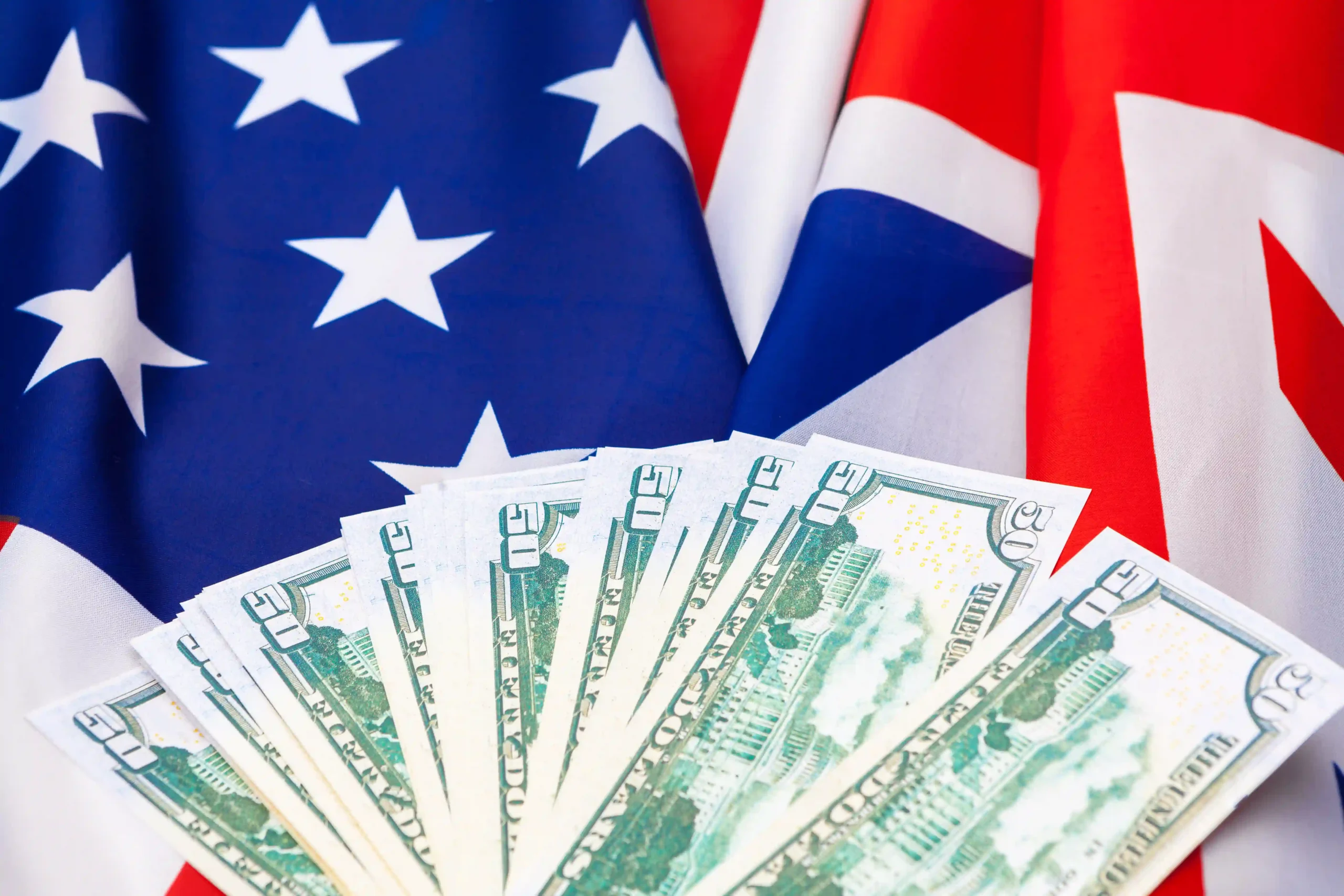The term “Trump tariffs” refers to a series of trade policies imposed by former President Donald Trump, primarily targeting China, the European Union, and other major trade partners. These tariffs, which function as taxes on imported goods, were introduced between 2018 and 2020 as part of a broader strategy to reduce the U.S. trade deficit and protect American industries.
One of the most notable tariff policies was the Section 301 tariffs on Chinese imports, which affected over $300 billion worth of goods. Additionally, steel and aluminum tariffs were applied globally, raising costs for manufacturers that rely on these raw materials.
The main goal was to pressure foreign governments to negotiate better trade terms while boosting domestic production. However, tariffs don’t just impact foreign exporters—they create ripple effects across supply chains, pricing structures, and consumer markets.
In this article, I’ll break down the real-world impact of Trump tariffs, sharing insights from my 35 years of experience in third-party logistics (3PL) and Foreign Trade Zone (FTZ) services at Tri-Link FTZ.

From the start, the Trump administration justified these tariffs as a way to revitalize American industries, reduce reliance on foreign imports, and create jobs. The White House framed them as a tool for national security, arguing that relying too much on imported steel, aluminum, and electronics could make the U.S. vulnerable in times of crisis.
Another key goal was to balance the U.S. trade deficit, particularly with China. In 2017, the trade deficit with China stood at $375 billion, and the Trump administration argued that unfair trade practices—such as forced technology transfers and intellectual property theft—were partly to blame.
By raising the cost of Chinese imports, the U.S. government aimed to make American-made products more competitive. Beyond China, tariffs were also used as a negotiation tactic.
For example, Canada and Mexico were initially hit with steel tariffs, but after renegotiating NAFTA into the U.S.-Mexico-Canada Agreement (USMCA), the tariffs were lifted. This signaled that the administration saw tariffs as a bargaining chip to pressure trade partners into accepting new agreements.
While these goals made political and economic sense on paper, the actual impact on businesses, consumers, and trade was far more complex than anticipated.
The impact of Trump tariffs was felt across multiple industries, some more than others. The most heavily affected sectors were:
Manufacturers in the automotive, aerospace, and construction industries faced higher costs due to tariffs on imported steel and aluminum. For example, the cost of U.S. steel rose by nearly 20% after the tariffs took effect, making domestic car production significantly more expensive.
Farmers were hit particularly hard by retaliatory tariffs from China, the EU, and Canada. Soybean exports to China dropped by nearly 50% in 2019, as China imposed counter-tariffs on U.S. agricultural products. This led to billions in government subsidies to support struggling farmers.
Retailers saw rising prices on everything from electronics to clothing. Companies that relied on cheap imports from China—like Walmart, Best Buy, and Target—had to either absorb the costs or pass them on to consumers.
Car manufacturers had to navigate higher steel and aluminum costs, as well as potential tariffs on European and Japanese auto imports. Major companies, including Ford and General Motors, reported increased production costs due to the tariffs.
Smaller businesses, which lacked the buying power of large corporations, struggled to absorb higher import costs. Many had to switch suppliers, adjust pricing, or reduce profit margins to stay competitive. Read more here.
The true cost of Trump tariffs wasn’t just in government revenue—it was in the rising expenses for businesses and everyday Americans. Since tariffs function as an import tax, the extra costs were often passed down through the supply chain, leading to higher prices for raw materials, manufacturing, and retail goods.
For businesses, the immediate challenge was managing higher supply costs. Companies that relied on Chinese components or steel imports had to either increase their prices or absorb the losses.
Many manufacturers struggled to maintain profits while staying competitive. Even companies that sourced domestically were affected because the price of U.S.-made materials also rose due to increased demand.
Consumers also felt the impact as prices on goods rose across multiple industries. Electronics, appliances, furniture, and even food products became more expensive as businesses adjusted for the new import costs.
A 2019 study by the National Bureau of Economic Research found that Trump tariffs cost the average American household $831 per year due to increased product prices. Even companies in the third-party logistics (3PL) and Foreign Trade Zone (FTZ) sectors had to adjust.
At Tri-Link FTZ, we helped businesses navigate these challenges by leveraging duty deferral, tariff engineering, and strategic warehousing to minimize the impact of these rising costs. However, the reality was that many businesses had to rethink their entire supply chain strategy to stay afloat.

Despite the intended benefits, the results of Trump tariffs were mixed at best. While the tariffs did increase government revenue, they failed to significantly reduce the trade deficit.
In fact, by 2020, the trade deficit with China still stood at $310 billion, indicating that tariffs alone weren’t enough to shift the balance. The goal of bringing manufacturing jobs back to the U.S. saw limited success.
Some companies reshored production, but many simply moved operations to other countries like Vietnam, Mexico, and India to avoid tariffs while maintaining lower costs. There were, however, some notable successes.
The steel industry saw a temporary revival, with some U.S. steelmakers reopening plants and rehiring workers. But this boost was short-lived, as higher costs led to lower demand for steel-based products in industries like automotive and construction.
In short, the tariffs created as many challenges as they aimed to solve. They didn’t bring a manufacturing renaissance, but they did reshape global trade dynamics in ways that continue to impact businesses today.
Trump tariffs triggered significant backlash from U.S. trading partners, leading to a global trade war that hurt multiple industries. China retaliated with tariffs on $75 billion worth of U.S. goods, including agricultural products like soybeans, pork, and dairy.
This was devastating for American farmers, who had spent decades building strong trade relationships with China. The European Union and Canada responded with their own countermeasures.
The EU imposed tariffs on American whiskey, motorcycles, and denim, while Canada targeted U.S. steel, aluminum, and food exports. These retaliatory measures forced many American companies to seek new markets or absorb financial losses.
One of the biggest long-term consequences was the shift in global supply chains. Many multinational companies, recognizing the unpredictability of U.S. trade policy, diversified their supply chains by reducing dependence on the American market.
At Tri-Link FTZ, we saw a significant increase in demand for Foreign Trade Zone services, as businesses sought ways to delay duties, re-export goods, or minimize tariff exposure. While we helped companies navigate these challenges, the reality was that many businesses had to completely rethink their global logistics strategy to remain competitive.
Companies had to get creative to manage the impact of Trump tariffs. Some of the most common strategies included:
For companies in logistics and warehousing, like Tri-Link FTZ, these shifts required a new approach to supply chain optimization. By working closely with businesses, we helped them develop tariff mitigation strategies that reduced financial strain while keeping operations smooth. Read more here.

Although Trump left office in 2021, many of his tariffs remain in effect under the Biden administration. While some modifications have been made, the majority of tariffs on Chinese imports are still active.
The Biden administration has focused on targeted tariff relief, particularly for critical industries like semiconductors and renewable energy. However, the overall stance on China remains firm, signaling that tariffs may remain a long-term fixture in U.S. trade policy.
For businesses, this means that navigating tariffs is no longer a temporary challenge—it’s a permanent part of doing business in a global economy. Companies must continue to adapt their supply chains, explore tariff mitigation strategies, and leverage Foreign Trade Zone benefits to stay competitive.
Tariffs have always been a controversial economic policy, with both advantages and drawbacks.
At Tri-Link FTZ, we’ve seen firsthand how Trump tariffs reshaped global trade and forced businesses to rethink their supply chains. While some companies adapted successfully, others struggled with rising costs, retaliatory tariffs, and shifting trade policies.
As the Biden administration continues to navigate trade relations, one thing is clear: tariffs are here to stay, and businesses must continue to adapt. The key to success is proactive planning, supply chain flexibility, and leveraging strategies like FTZs to minimize financial risks.
For companies looking to navigate today’s complex trade environment, Tri-Link FTZ offers 35 years of experience in customized logistics solutions, tariff mitigation, and supply chain optimization. Contact us today to learn how we can help you stay ahead in an evolving global economy.
Share this article
We have other resources available upon request as well as one-on-one support and personalized answers, just like our services.
Simply contact us anytime and we’ll get back to you to answer your questions and provide meaningful answers that show you how Tri-Link supports your logistics, reduces costs, and accelerates efficiency.
Tri-Link delivers exceptional FTZ and 3PL services tailored to your global trade needs.
Our solutions combine innovation, quality, and efficiency to exceed your expectations and meet your specific requirements.